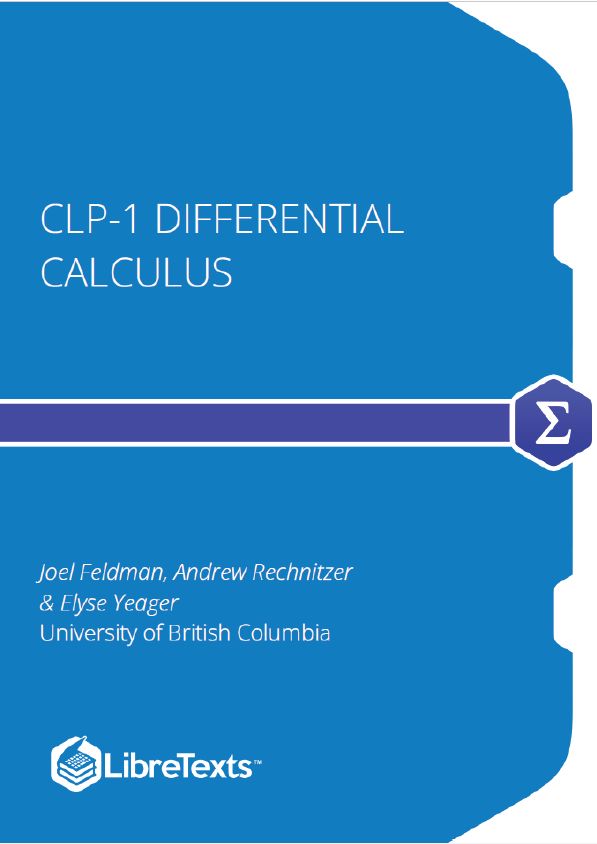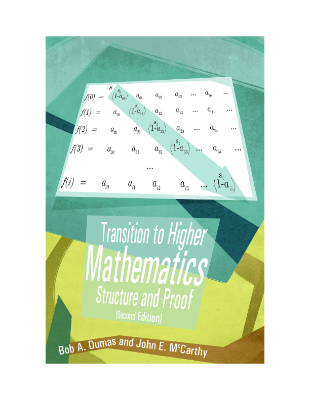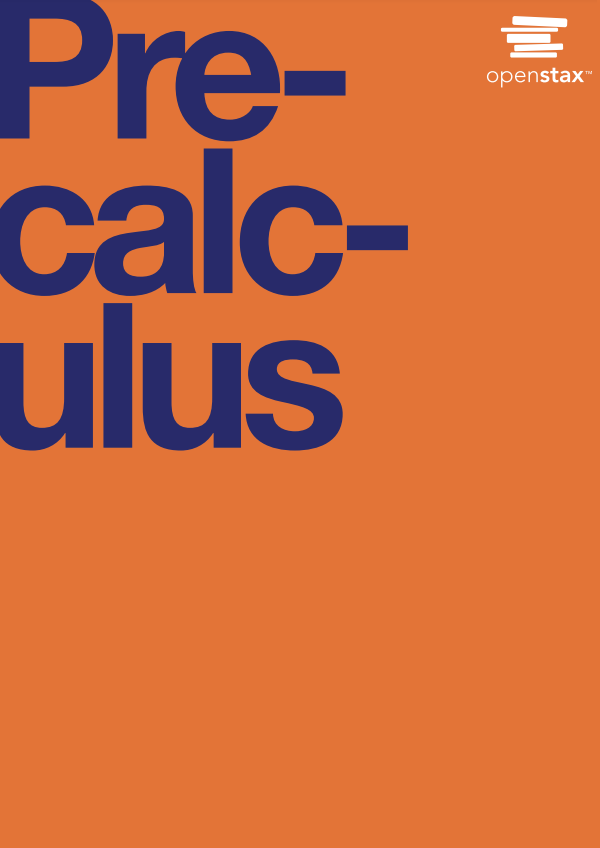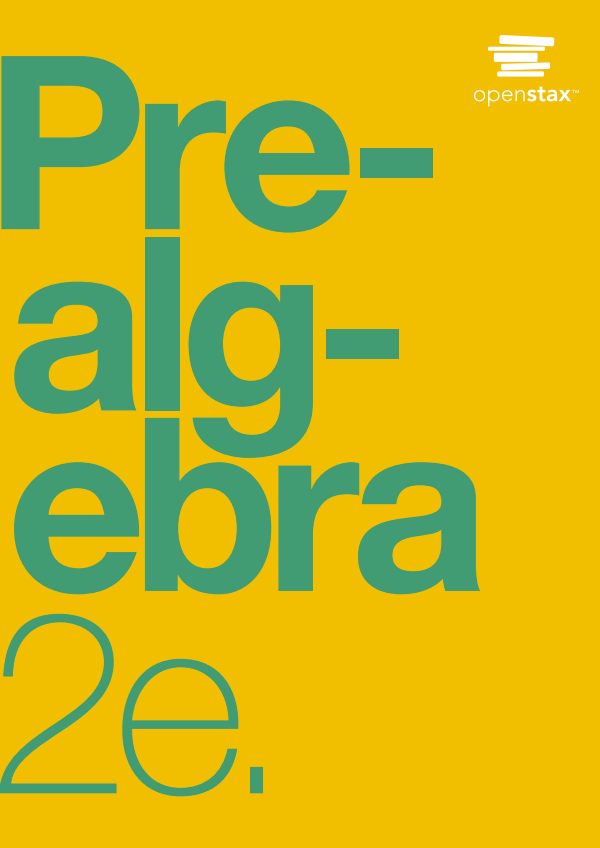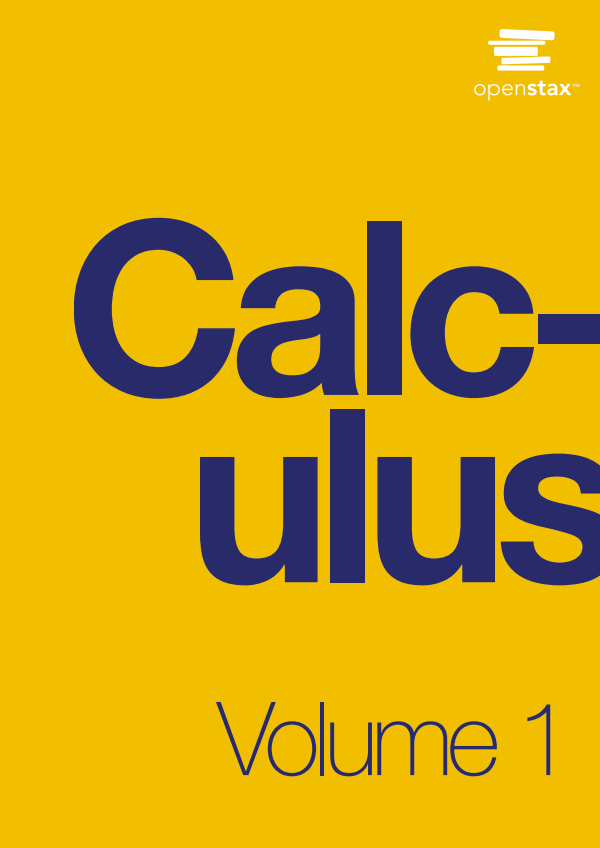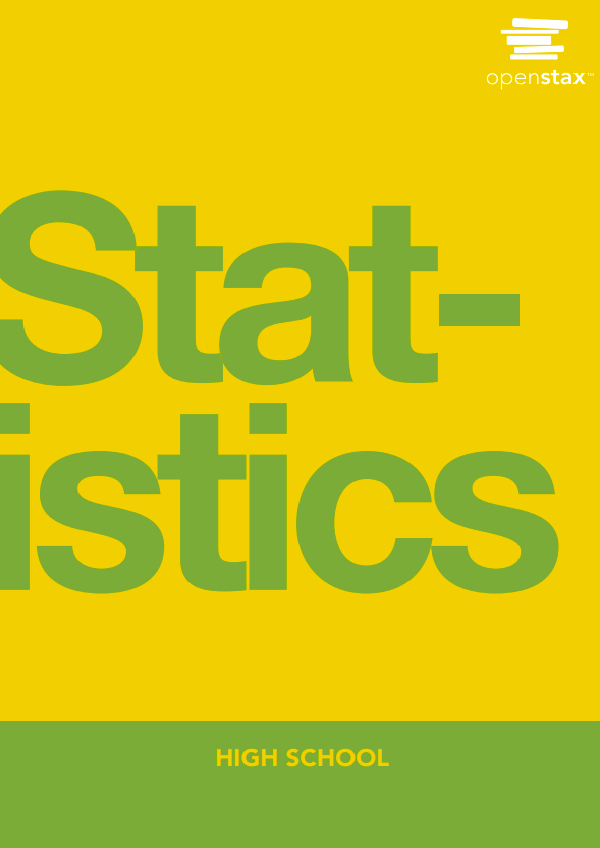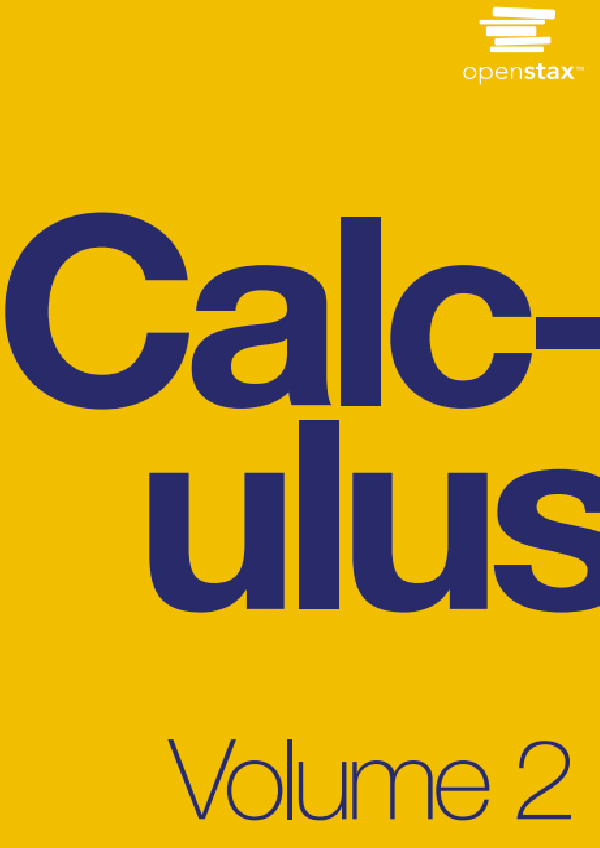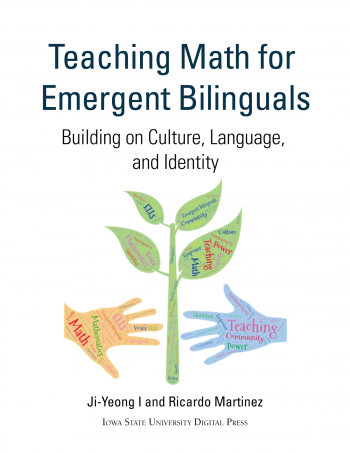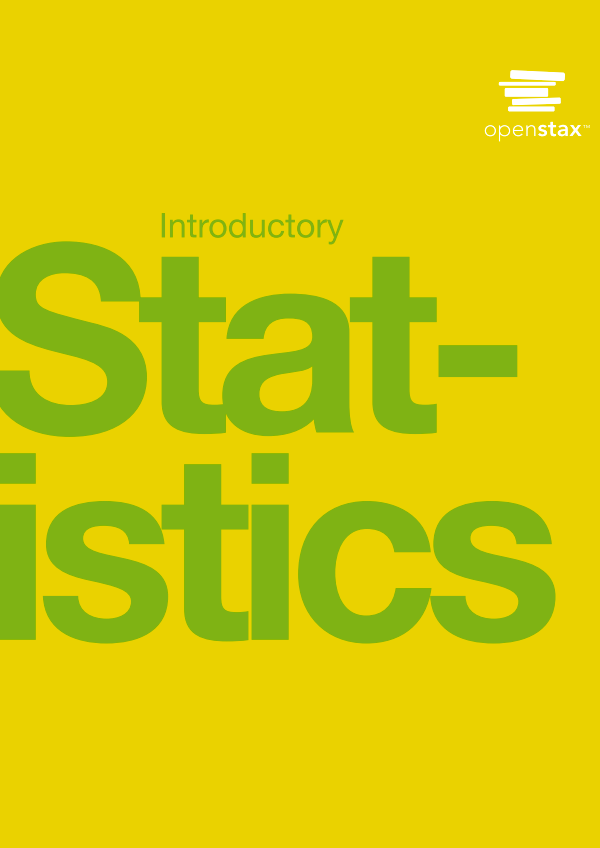The basics
We won’t make this section of the text too long — all we really want to do here is to take a short memory-jogging excursion through little bits and pieces you should remember about sets and numbers. The material in this chapter will not be (directly) examined.
Numbers
Before we do anything else, it is very important that we agree on the definitions and names of some important collections of numbers.
Natural numbers — These are the “whole numbers” 1,2,3,… that we learn first at about the same time as we learn the alphabet. We will denote this collection of numbers by the symbol “ ”. The symbol is written in a type of bold-face font that we call “black-board bold” (and is definitely not the same symbol as ). You should become used to writing a few letters in this way since it is typically used to denote collections of important numbers. Unfortunately there is often some confusion as to whether or not zero should be included . In this text the natural numbers does not include zero.
Notice that the set of natural numbers is closed under addition and multiplication. This means that if you take any two natural numbers and add them you get another natural number. Similarly if you take any two natural numbers and multiply them you get another natural number. However the set is not closed under subtraction or division; we need negative numbers and fractions to make collections of numbers closed under subtraction and division.
Two important subsets of natural numbers are:
- Prime numbers — a natural number is prime when the only natural numbers that divide it exactly are 1 and itself.
- Equivalently it cannot be written as the product of two natural numbers neither of which are 1. Note that 1 is not a prime number .
- Composite numbers — a natural number is a composite number when it is not prime.
Sets
All of you will have done some basic bits of set-theory in school. Sets, intersection, unions, Venn diagrams etc etc. Set theory now appears so thoroughly throughout mathematics that it is difficult to imagine how Mathematics could have existed without it. It is really quite surprising that set theory is a much newer part of mathematics than calculus. Mathematically rigorous set theory was really only developed in the 19th Century — primarily by Georg Cantor . Mathematicians were using sets before then (of course), however they were doing so without defining things too rigorously and formally.
